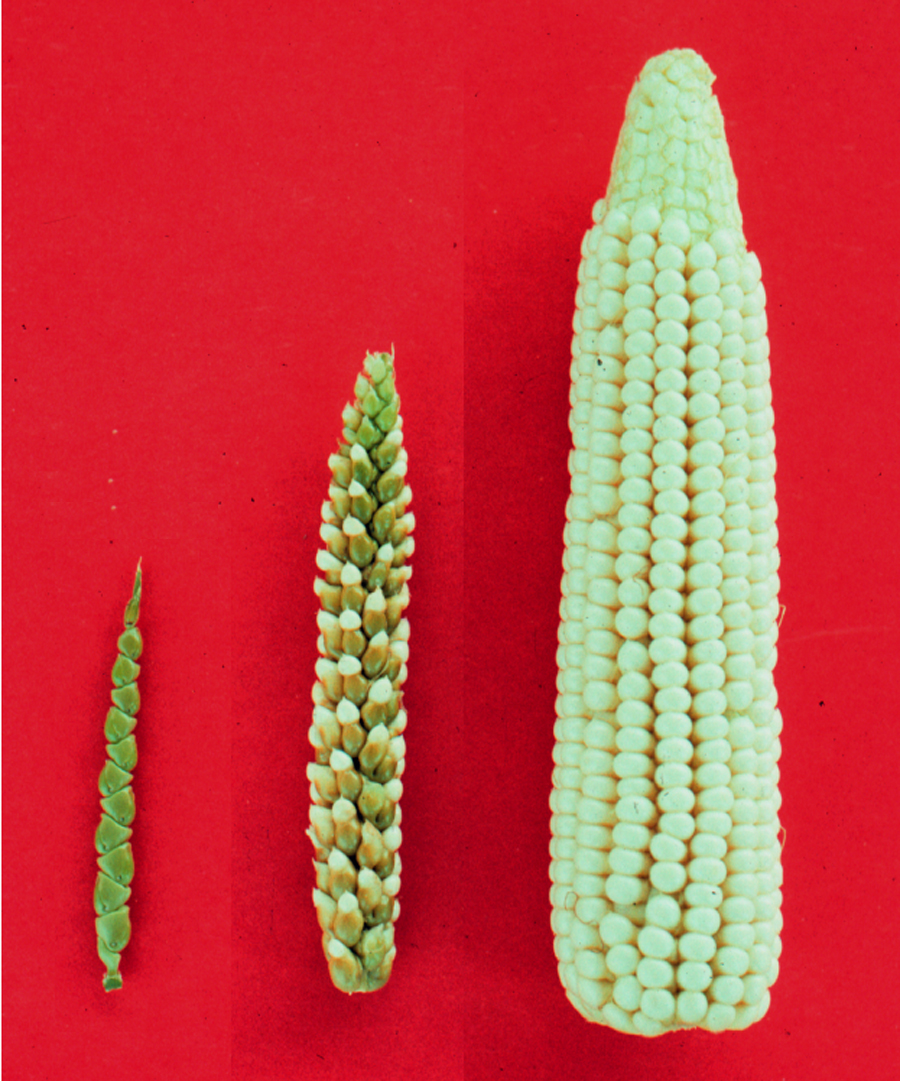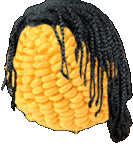Corn is an old European word for grain. Rice, oats, and wheat were all called types of corn at one point. When europeans came into contact with it they called it maize because that's what the native people called it. Then the english called it indian corn or indian grain which was later shortened to just corn.
Corn was an Aztec god, the Pilgrims' savior, and is now America's No. 1 crop. But where did it get its name?

www.bonappetit.com
The Etymology of the Word 'Corn'
Corn was an Aztec god, the Pilgrims' savior, and is now America's No. 1 crop. But where did it get its name?
BY
July 11, 2013
Food words have some seriously gnarly roots, but follow them far back enough, and you can see culinary history all tangled up in a few short syllables. Welcome to Eat Your Words.
No, corn doesn't come from the word "Nebraska--a newspaper illustrator came up with this airship in 1897 to mock a rash of "
mystery airship" sightings in corn country.
Corn made America what it is today. For thousands of years before European contact and takeover, the civilizations of Central America painstakingly bred a hard little nubbin of a wild grain called teosinte into modern corn's giant, food-packed ear. It became such a central part of the culture that the Aztecs, for one, had a whole god dedicated to corn, and it proved just as valuable for the first colonists to hit these shores: without stealing some ears that the local tribes had stashed for the winter on Cape Cod, the first wave of Pilgrims wouldn't have lived till spring. And now, it's the most commonly farmed plant in the whole country.
But what made us call it "corn"? The more technical name for the big green stalk, maize, came to English from the Spanish maiz, a barely altered version of the Taino (the language native to Hispaniola, the island of Haiti and the Dominican Republic) word for the plant, mahiz.
WATCH
Life on the Line
"Corn" itself, though, has much deeper roots, going back to the misty prehistory of Proto-Indo-European. Both "grain" and "corn" come from the same very old PIE word, though there are two options for which that might be: either ger-, meaning "worn down," or gher-, meaning "matured." That stem wound up through Latin, on the one hand, which kept the G and gave us today's "grain," and through the Germanic languages, which, in their no-nonsense way, turned the G into a hard K, and gave us "corn."
That conflation, of "grain" and "corn," gets at another whole facet of corn's past, too. Back in the day, English speakers could use "corn" to refer to any grain they felt like, though it usually meant the predominant crop in a given region. In England, wheat was "corn," while oats were "corn" in Scotland and Ireland, and even rice was "the only corn that grows in the island" of Batavia (a.k.a. the Indonesian island of Java), as described in a 1767 travelogue.
What we call just plain "corn" today started out as "Indian corn," but we dropped the qualifier by the early 1800s. Today Americans, Canadians, and Australians are still the only Anglophones who call the stuff on the cob "corn," and a trip down a British Tesco aisle will yield more references to "maize" than you'd ever find stateside (unless you're at a grade school Thanksgiving pageant).

 www.boredpanda.com
www.boredpanda.com













